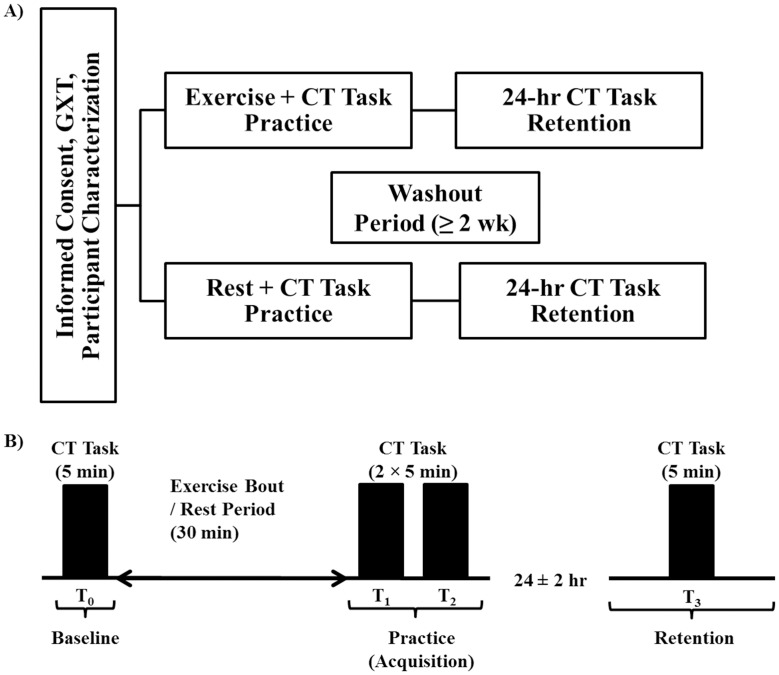Fig 1. Diagrammatic representation of study design.
The present study utilized a crossover design with repeated measures. A) Participants provided informed consent, underwent a graded exercise test (GXT) to exhaustion, and completed several screening and characterization questionnaires during the first experimental session. Participants were then pseudo-randomized to two experimental conditions including moderate-intensity aerobic exercise (based on GXT results) or seated rest prior to continuous tracking (CT) task practice. The CT task practice sessions were each followed by no-exercise retention test 24 ± 2 hours later. Experimental conditions were separated by a washout period of ≥ 2 weeks. B) During CT task practice sessions participants completed a single 5-minute tracking block (10 × 30-second trials) at baseline (T0). Thereafter, participants completed either 30 minutes of moderate-intensity cycling or seated rest, followed by two consecutive 5-minute tracking blocks at T1 and T2. Performance on practice blocks was used to index motor skill acquisition. Twenty-four ± 2 hours later, a 5-minute retention test was used to assess motor skill learning (T3).

